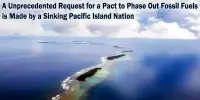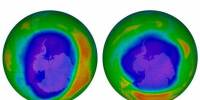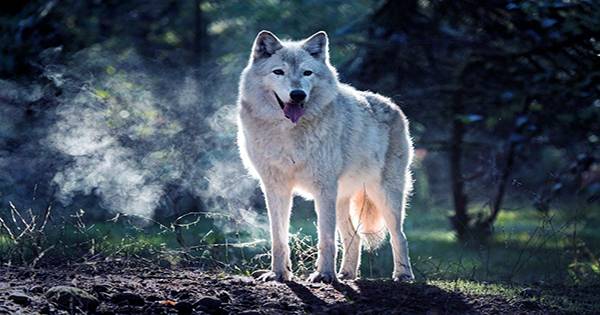Coastal glaciers are melting faster than ever before. New research enables scientists to investigate the causes of glacial retreat and, as a result, determine how much can be attributed to human-caused climate change. Attributing a human role to coastal glaciers, which melt directly into the sea, could lead to more accurate predictions of sea level rise.
More of the world’s coastal glaciers are melting faster than ever before, but determining what is causing the large-scale retreat has been difficult due to natural fluctuations in the glaciers’ surroundings. Researchers at the University of Texas Institute for Geophysics (UTIG) and Georgia Tech have developed a methodology that they believe will solve the mystery of why coastal glaciers are receding and, as a result, how much of this can be attributed to human-caused climate change. Attributing a human role to coastal glaciers, which melt directly into the sea, could lead to more accurate predictions of sea level rise.
So far, scientists have only tested the method in computer models of simplified glaciers. They discovered that even minor global warming caused the majority of glaciers to melt or retreat. The next step, according to the researchers, is to simulate the coastal glaciers of a real ice sheet, such as Greenland’s, which holds enough ice to raise sea level by about 22 feet (7 meters). This will reveal whether they are retreating as a result of climate change and will help predict when major ice loss will occur next.
The methodology we’re proposing is a road map towards making confident statements about what the human role is in glacial retreats. Those statements can then be communicated to the public and policymakers, and help in their decision making.
John Christian
“The methodology we’re proposing is a road map towards making confident statements about what the human role is [in glacial retreats],” said glaciologist John Christian, who is a postdoctoral researcher at both The University of Texas at Austin and Georgia Tech. “Those statements can then be communicated to the public and policymakers, and help in their decision making.”
The methodology, which was published in the journal The Cryosphere, is unique in that it treats rapid glacier retreat as a single probabilistic event, similar to a wildfire or tropical storm. The glacier must retreat past its “stability threshold,” which is usually a steep rise in the underlying bedrock that helps slow its flow, for a large retreat to occur. The likelihood of this occurring varies according to local climate and ocean conditions, which change due to natural fluctuations and human-caused warming. Even minor changes in a glacier’s behavior can cause large changes in its behavior, making it difficult to predict and leading to cases where glaciers were discovered retreating right next to those that weren’t.
That, said co-author and UTIG glaciologist Ginny Catania, is why the last Intergovernmental Panel on Climate Change report found there was still too much uncertainty about coastal glaciers to say whether their retreat is due to human-caused climate change or natural climate fluctuations.

The new study demonstrates how to overcome uncertainty by providing a methodology that accounts for glacier differences and natural climate fluctuations while testing the effect of background trends such as global warming. According to Catania, the study shows that mass coastal glacier retreat can now be attributed to climate change rather than natural variability.
“And that’s the first time that’s happened,” she added.
To put the methodology to the test, the researchers ran thousands of simulations of the past 150 years, both with and without global warming. The simulations revealed that even minor warming increased the likelihood of ice sheet-wide glacier retreat dramatically.
When the scientists ran models without accounting for human-caused climate change, they discovered that it was nearly impossible for more than a few glaciers to begin retreating within years of each other. In contrast, nearly all (200) of Greenland’s 225 coastal glaciers have been in various states of retreat since 2000.
“This study gives us a toolbox to determine the role of humans in the loss of ice from Greenland and Antarctica, so we can say with confidence that it’s not just coincidence,” said co-author and Georgia Tech glaciologist Alex Robel.
The coastal glacier research builds on previous work to understand the human role in mountain glacier retreat, which is now well established. UTIG and the National Science Foundation funded the most recent study. UTIG is a research arm of the University of Texas at Austin’s Jackson School of Geosciences.
















